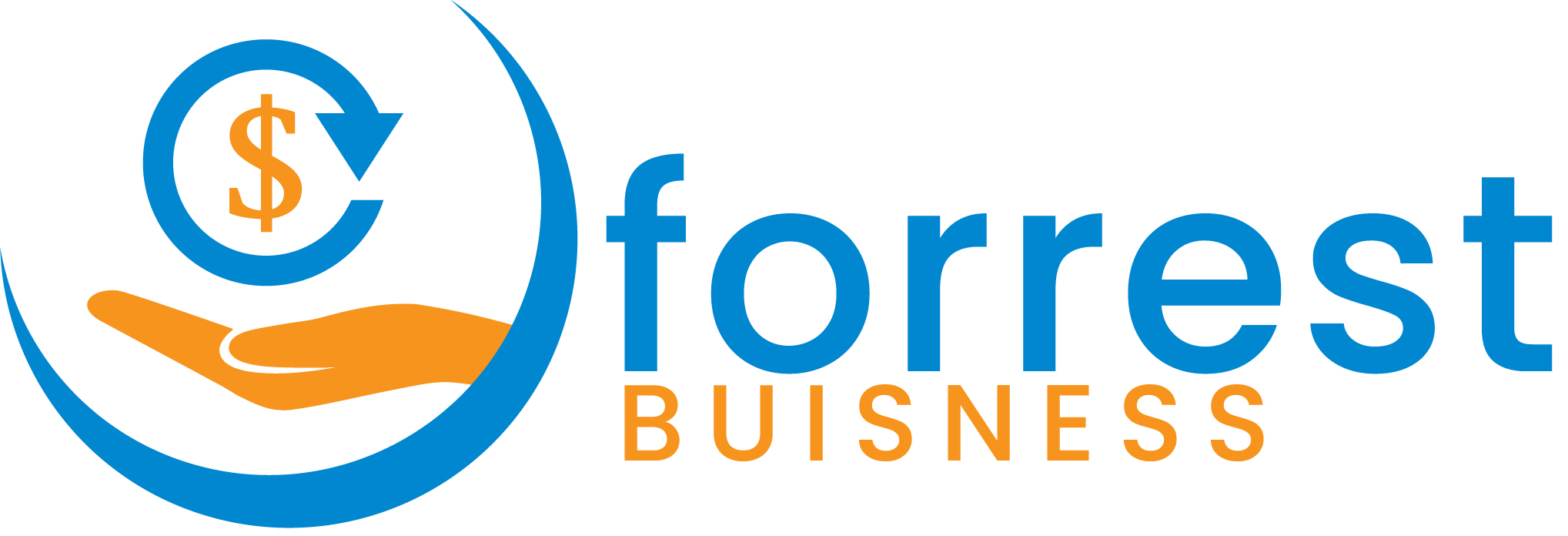The brand new ISO 39075 Graph Question Language Commonplace is to hit the info streets in late 2023 (?). Then what?
If graph databases are standardized fairly quickly, what’s going to occur to SQL? They’ll very probably keep round for a very long time. Not just because legacy SQL has an amazing inertia, however as a result of relational database paradigms are literally good for some issues. Word that I shifted time period from SQL to relational. Not all the pieces that Dr. Codd (the daddy of the relational mannequin) had hoped for made it into the industrial SQL implementations – not less than not the primary 20-30 years (the relational mannequin was revealed in 1970 and ISO SQL was first revealed in 1986).
LIVE ONLINE TRAINING: ONTOLOGY ENGINEERING
Get an summary of ontology engineering abilities wanted for data graph purposes throughout this one-day reside course – Nov. 30, 2022.
Dr. Codd certainly wished one factor to be of excessive significance: relations.

However, wait a minute, a relational relation is modeled as a desk in SQL? Sure, that’s true. However the knowledge financial institution (Codd’s preliminary time period) ought to impose no restrictions on the accessibility of attributes throughout relations (below the umbrella of information independence). The then-current DBMS methods had every kind of restrictions coming from implementation strategies similar to tree constructions or pointer chains. Trendy SQL methods have very subtle question optimizers, which work nice, supplied that the semantic high quality of the info is OK and that practical dependencies are utterly understood and adhered to within the knowledge fashions. (And that’s not all the time straightforward.)
So, from that perspective SQL units a normal for knowledge independence. Dr. Codd phrased it like this:
“It gives a way of describing knowledge with its pure construction only-that is, with out superimposing any further construction for machine illustration functions. Accordingly, it gives a foundation for a excessive degree knowledge language which is able to yield maximal independence between applications on the one hand and machine illustration and group of information on the opposite.” (His Turing paper “A Relational Mannequin of Information for Massive Shared Information Banks” from 1970)
The difficult a part of this – even at this time – is the efficiency in massively multi-join knowledge fashions.
What Ought to We Count on from GQL Databases?
GQL (its’ DDL and its’ metadata graph and so forth) ought to be open and versatile. Builders of at this time (together with knowledge engineers, knowledge scientists, and so forth) need fashionable knowledge stacks having flexibility, combine and match, plug and play, and so forth. So, whereas e.g. SHACL integration may be good for some heavy constraints dealing with use circumstances, it shouldn’t be the one selection. A developer would need to plug it in, if obligatory, and in any other case use fundamental GQL constraints or one thing else, as they match. Growth platforms similar to Github additionally match into this image (textual content recordsdata, that are versioned).
GQL will exist in lots of use case situations having numerous knowledge stack architectures. Which means that the core metadata graph of GQL ought to be strong sufficient to satisfy many numerous integrations and mappings.
Even in a pure property graph configuration (assume a graph like a 3rd regular type knowledge mannequin), there’s a want for a canonical metadata graph; mapping to totally different aggregation methods for distributing properties throughout the nodes/vertices and edges/relationships.
And in conditions with numerous graph paradigms, the canonical degree is the focus for mapping to and from. Already at this time there are industrial merchandise implementing RDF/SPARQL (from the W3C) + openCypher (the foremost predecessor to GQL) and in addition Gremlin (from Apache) + openCypher. Amazon Neptune helps all three graph languages at this time.
The use circumstances and necessities for graph databases principally give attention to complicated knowledge fashions with excessive ranges of connectivity. Which interprets into a lot of relations and complicated question dealing with mixed with subtle persistence methods.
However allow us to start with the fundamentals.
Introduction to Relationships and Graphs
In arithmetic, graph idea is “the research of graphs, that are mathematical constructions used to mannequin pairwise relations between objects” (textual content from Wikipedia on graph idea, accessed Oct. 11 2022), similar to on this visualization:

There are various forms of graphs, however nearly all are primarily based on pairwise relations between objects. Relations are semantic within the sense that they convey verbal/logical data from some enterprise area(s), together with “is a” and “has,” but in addition extra implicative relationships similar to “recognized by” or “bought at.” Apart from graph databases, relations are discovered in numerous, broadly used paradigms, a few of that are listed right here:
- The ISO 24707 Frequent Logic customary with its conceptual graphs constructed from ideas and relations
- “Truth statements” (conceptual modeling and object-role modeling, ORM)
- Triples (RDF, semantics, ontologies, and so on.)
- Relationships/edges (varied sorts of property graphs)
- Practical dependencies (between and inside) relations in relational idea, as mentioned above
All of those sorts of relations share a semantic sample “topic – predicate – object,” as it’s referred to as in case of the RDF / semantic net household of requirements from the W3C.
NB: Ideas are referred to as not solely “ideas,” but in addition object (varieties), entity (varieties) et al.
In traditional mathematical graph idea, the phrases used are: Nodes / vertices / factors, edges / hyperlinks / traces. In graph idea the relations could also be directed having beginning factors and finish factors. Hyper-relations could have a number of begin / ending level varieties.
Extending Graph Complexity
The assorted forms of graph paradigms embrace extra constructs, similar to properties (attributes), directionality, cardinality, uniqueness, labels on graph parts, and extra.
GQL is a declarative language supporting acyclic, directed, labeled property graphs. Properties could reside on nodes/vertices and/or edges/relationships. And there are not any implicit guidelines for normalization and redundancies, and so on. This can be a very versatile paradigm for a lot of use circumstances, each easy and complicated in addition to operational purposes, analytics and particular graph algorithms similar to centrality, neighborhood detection, machine studying, and lots of extra.
There are various similarities between the graph sample matching services of SQL Property Graph Queries, ISO/IEC DIS 9075-16, Info expertise – Database languages SQL – Half 16: Property Graph Queries (SQL/PGQ). Nevertheless, GQL is a pure and complete graph database language that doesn’t require the presence of SQL.
Canonical Graph Illustration
As might be seen from the above, most graph paradigms share a fundamental, canonical, type consisting of nodes/vertices, representing ideas, in addition to edges/relationships connecting the nodes/vertices to precise the semantics of the idea mannequin, together with the dependencies between graph parts. That is what we referred to as Graph Regular Kind in my July 2022 weblog publish.
Here’s a canonical type of a (fictive) webshop instance:

The (meta) graph visualization above is created (by plantuml.com) from this script:
package deal “Webshop instance” {
(Sale) — (TotalDiscount) : could have
(Sale) — (ShoppingCartId) : recognized by
(Sale) — (OrderDate) : efficient at
(Sale) — (TotalPrice) : dedicated
(Sale) –> (CartItem) : accommodates
(CartItem) <– (Product) : pertains to
(CartItem) — (Merchandise#) : recognized by
(CartItem) — (ItemQuantity) : amount
(CartItem) — (ItemPrice) : confirmed
high to backside route
(Product) — (SKUNumber) : recognized by
(Product) — (ItemDescription) : described as
(Product) — (ListPrice) : marketed
(Buyer) –> (Sale) : dedicated
(Buyer) — (CustomerId) : recognized by
(Buyer) — (CustomerName) : registered as
(Buyer) — (CustomerEmail) : affirmation to
}
That is mainly an inventory of “Topic – object : predicate.” Discover that every one nodes might be named, and, equally so, all relations could also be annotated with a textual content (i.e., a reputation) that enhances the readers’ understanding of the semantics of graph relations.
Graphs at this degree are designated as being in “graph regular type” (in formal graph idea). Most graphs could also be decomposed to this degree, and, when supplemented with wealthy annotations, such graphs are additionally referred to as semantic networks.
NB: Word that future extensions of GQL in particular areas will depend on the graph regular type metadata paradigm to incorporate new/prolonged descriptors, which take part within the canonical illustration of the graph content material. Many superior options would require metadata on the lowest degree (property degree) of the affected elements of the graph.
Setting up Property Graphs from Graph Regular Kind
GQL is a normal question language for property graphs, and the principle extension of the canonical graph type is the idea of properties (which even have GQL descriptors). A property graph knowledge mannequin representing the pattern graph above could possibly be visualized like this:

Property graphs might be seen as materializations (logical or bodily) of the decomposed graph regular type representations of some semantic knowledge fashions, the place some properties are aggregated to turn into attributes of various node/vertex varieties, and/or (in GQL et al) additionally on totally different edge/relationship varieties. (Properties on relationships should not proven within the pattern diagram above.)
Conclusions about Relations and Graphs
If a canonical type is just not out there, dependencies may need to be inferred from the graph question sample and presumably the info content material at question execution time (much like the flowery question optimization in SQL).
An specific, canonical type (graph regular type / conceptual graph):
- Might be inferred from the info
- Can accumulate enterprise data mannequin metadata over time
- Will most definitely be a lot richer than a sql mannequin (many extra named relations)
- Can extra successfully drive an unrestricted graph question sample throughout giant subgraphs, constructed on knowledge originating in sql
- Can map successfully to different applied sciences
Relations are on the core of the problem and on the coronary heart of the answer! Decompose them, and you’ll automate extra metadata discovery and extra complicated question methods! The result’s a data graph that evolves over time.
Acknowledgement: This publish is impressed by an amazing keynote speech:
From the Trendy Information Stack to Data Graphs
by Bob Muglia, board member at Relational.ai and former CEO of Snowflake Inc., held on the Data Graph Convention in New York in Might 2022. You’ll be able to see his presentation on YouTube. Thanks, Bob!
NB: The work on V1 of the brand new GQL customary is deliberate to be finalized in late 2023.

